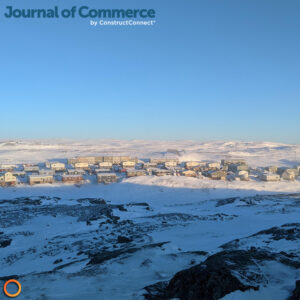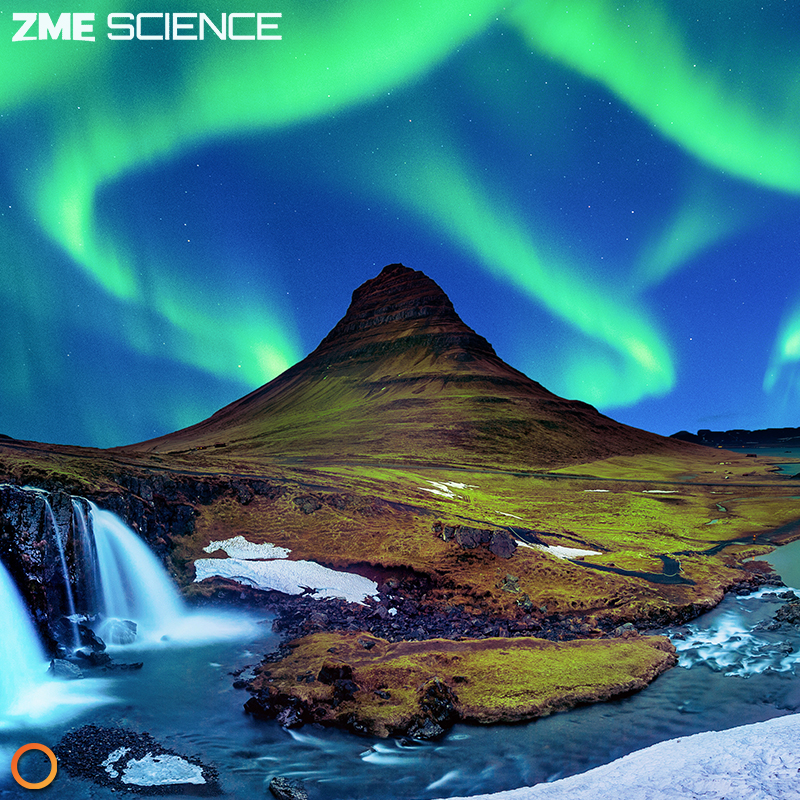The Canadian government has invested over $1 million into the research and exploration of Nunavut’s geothermal heat and energy potential.
Canadian Northern Economic Development Agency and the territory’s sole energy provider Qulliq Energy Corporation will fund research analyzing subterranean conditions in the remote communities of Resolute Bay, Baker Lake, and Cambridge Bay over the next three years.
Despite the lack of previous research into the area’s underground energy stores, hard-rock formations and deep sedimentary basins commonly found in Arctic conditions are promising indicators of high geothermal potential for both traditional and next-generation geothermal technologies.
The initiative cites electricity production, district heating, and waste heat storage and recycling as three plausible uses for energy extracted from the earth. To read the full article and learn more about geothermal exploration in Nunavut, click here.
Conditions like those seen in Nunavut are also found in the neighbouring regions of the Yukon and the North West Territories. Eavor is already well on its way to harnessing the unique and favourable conditions found in the Yukon, having announced a development project in partnership with the Little Salmon/Carmacks First Nation in 2020.
And increased emphasis and awareness of the Arctic’s geothermal production capacity will only aid in territorial and national efforts to combat climate change and reach net-zero by 2050.
Nunavut and its northern neighbours face exceptional challenges when it comes to grid infrastructure, heating needs, and combatting greenhouse gas emissions. The vast expanse of the territories, large distances between communities, and year-round low temperatures translate to high demand for natural gas and diesel for transportation, as well as heat and power needs.
According to a 2018 report, an estimated 210 million litres of diesel was consumed in Nunavut, and although the territory accounts for a minute fraction of Canada’s greenhouse gas emissions, Nunavut’s emissions have grown a whopping 25% from 2005 to 2021, and the numbers are still climbing.
That’s why new initiatives like the 3-year study into geothermal potential in Nunavut, and adding more advanced geothermal projects to Eavor’s burgeoning Arctic portfolio are crucial to preserving the unique culture and environment of Nunavut. Tapping into the energy right beneath our feet is key to unlocking a greener future for all.



















